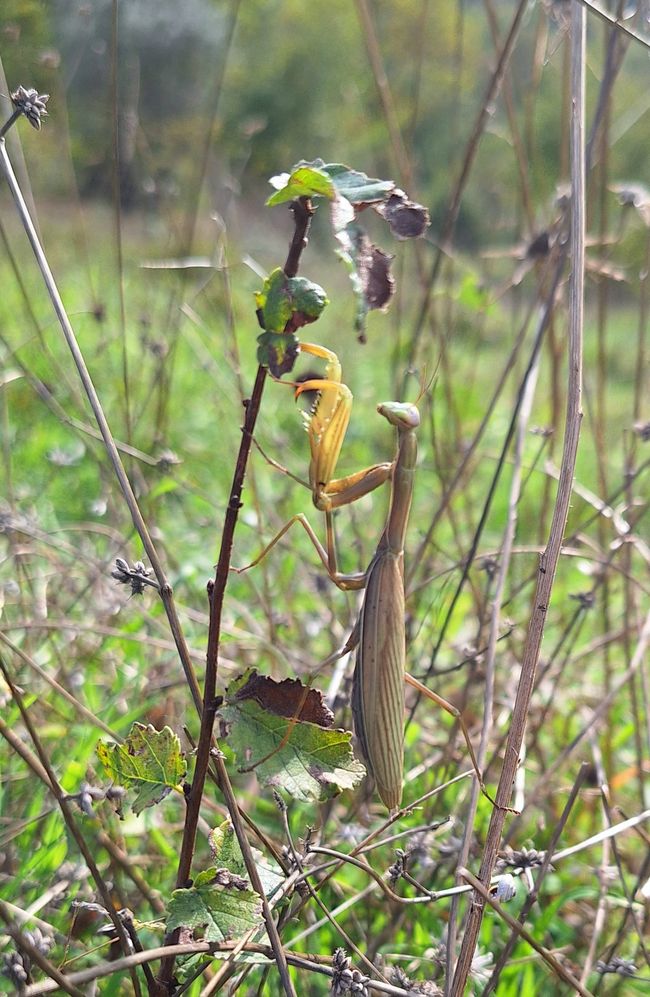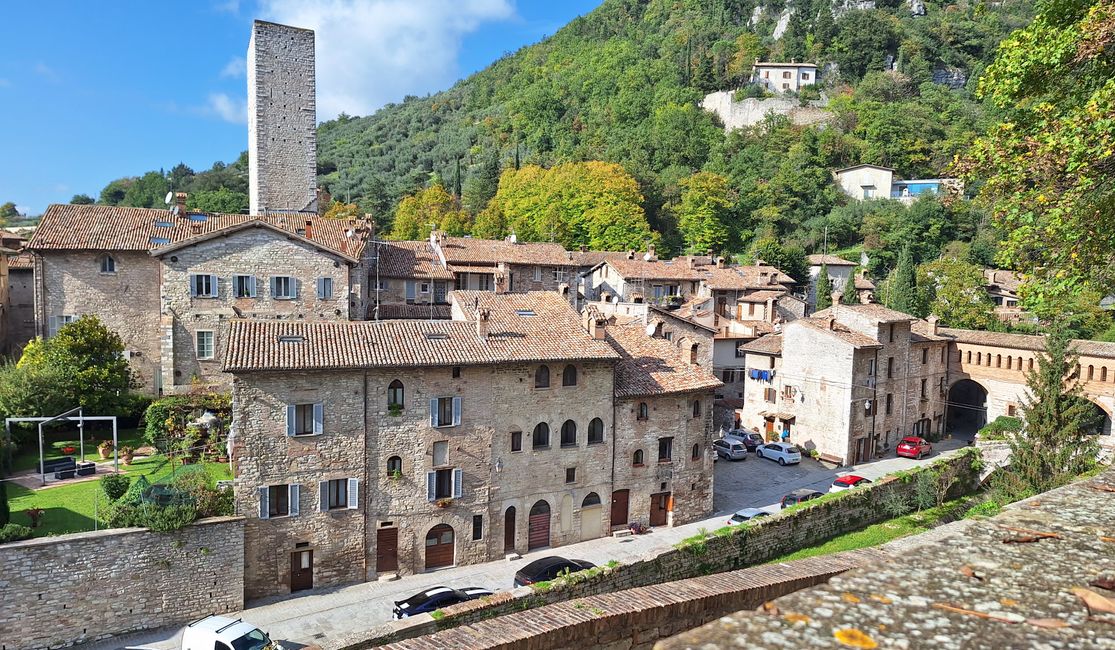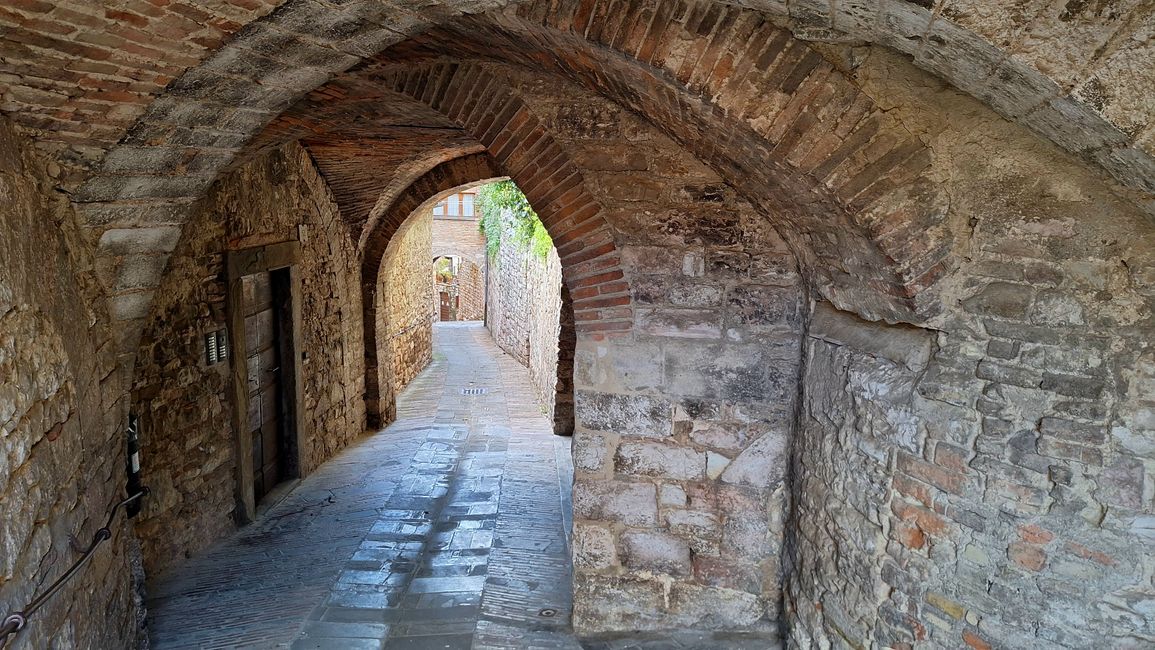
Wie kommt die Olive in die Flasche?
vakantio.de/der-traum-von-zeit-und-meer
Sunshine! Here we go!
प्रकाशित: 28.10.2024






























बातमीपत्राचे सदस्य व्हा
Finally, the sun is out, and that means work too. But first, I enjoy my morning coffee with this wonderful view over the valley. Then the olives are dry, the nets are laid out, and we’re off. The olives are gathered manually from the tree, either raked or picked. No pesticides, no machines, it can't get more organic than this, but is it worth it??? The taste is certainly special, and so is the satisfaction of doing it, but it is tedious and time-consuming. In 2 days, we harvested 326 kg with 5 people. As a thank you, we get a local midday meal and a home-cooked dinner with the wine. Everyone is hungry and tired, sleeps well, and considers buying a house in Umbria because it is so beautiful here. ;-) And all the helpers speak German ... German hosts who have lived in Italy for 3 years, their German friend who moved from the Netherlands to Switzerland, a couple from Vienna, and the oldest member from Prussia.
For the mill, you need at least 300 kg to secure your own oil filling. Anything below that goes into a collective mixture. So Florian drives to the mill after 2 days of harvesting and we have time off. The olives need to be processed as quickly as possible, otherwise, they rot in the boxes. I am curious, so I went along.
The olives are washed, separated from the leaves, crushed, then pressed and filtered. The waste is removed and likely processed into biogas, the oil filled into the canister we brought. It takes a long time since there are only 4 milling containers available. The boss comes around with toasted white bread and freshly pressed oil - so delicious!!! I also get a glass of wine with it :-) Florian is dissatisfied, only 29 kg of oil. The second canister remains empty. He drives home, and I explore Gubbio, wander through the alleys, and enjoy the sun. I take the bus back, and tomorrow we will harvest again.
बातमीपत्राचे सदस्य व्हा
उत्तर द्या
